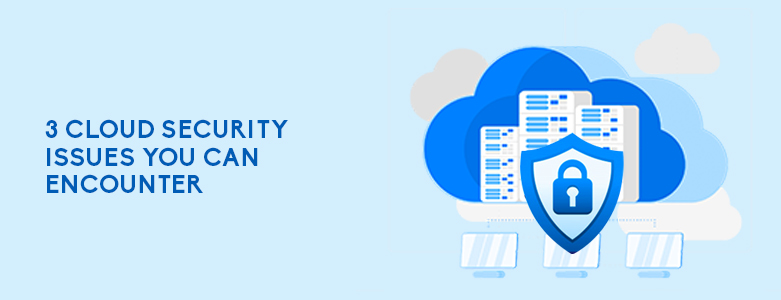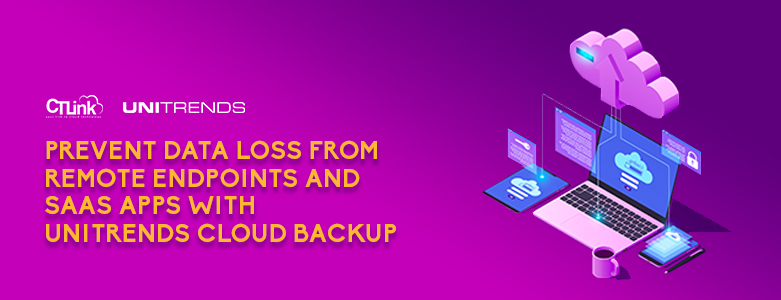3 Cloud Security Issues You Can Encounter

What are some cloud security issues you can encounter? Misconfiguration of settings Endpoint user error Cyber threats Due to the flexibility, scalability, and mobility that cloud platforms give, numerous companies are migrating their workloads from on-premises data centers. Cloud providers invest a huge amount of money in research and development to implement better security than […]
Prevent Data Loss from Remote Endpoints and SaaS Apps with Unitrends Cloud Backup

Working from home is now the norm when it comes to business. However, this now makes data loss more common as devices are now outside your network perimeter. Traditional backup solutions require your devices to be connected to your network for it to backup your files, so every day those endpoints are not in the […]
Cloud Backup vs. BCDR: The Difference Between the Two Data Protection Strategies
When discussing whether business’ have a business continuity and disaster recovery (BCDR) in place, many would say that they have some in place but really only have Cloud Backup in place. So, what is the difference between the two? Cloud backup, simply put, is backing up your data to a remote cloud-based server which is […]
Data Protection: Looking Closer at Cloud Storage
The way we store data is evolving, from the days of punch cards, magnetic tape, discs, solid state, and flash we have now arrived to having what is called cloud storage. A research from IDC shows that IT Infrastructure sales into the cloud has finally surpassed traditional IT environments for the first time in the […]
